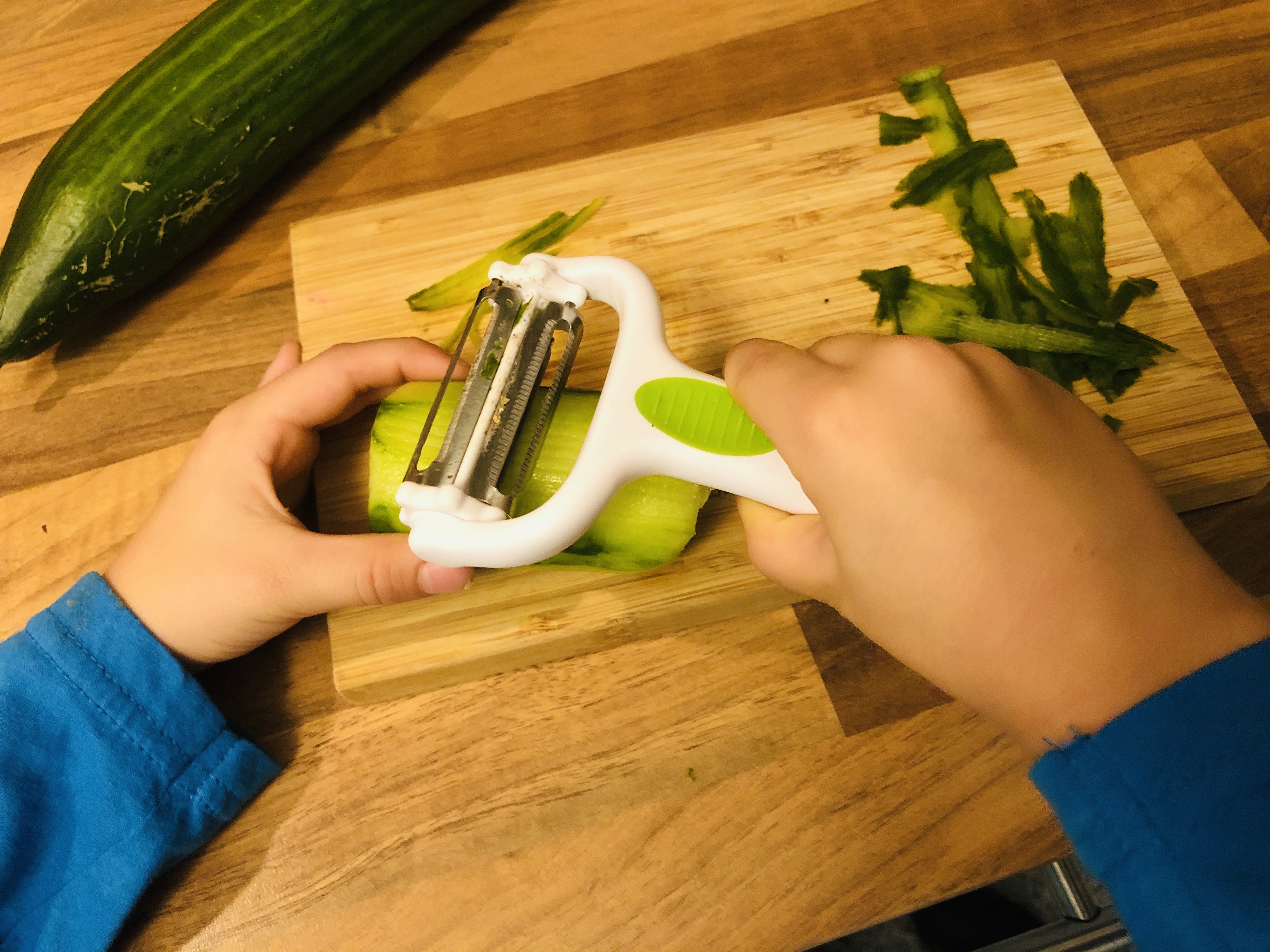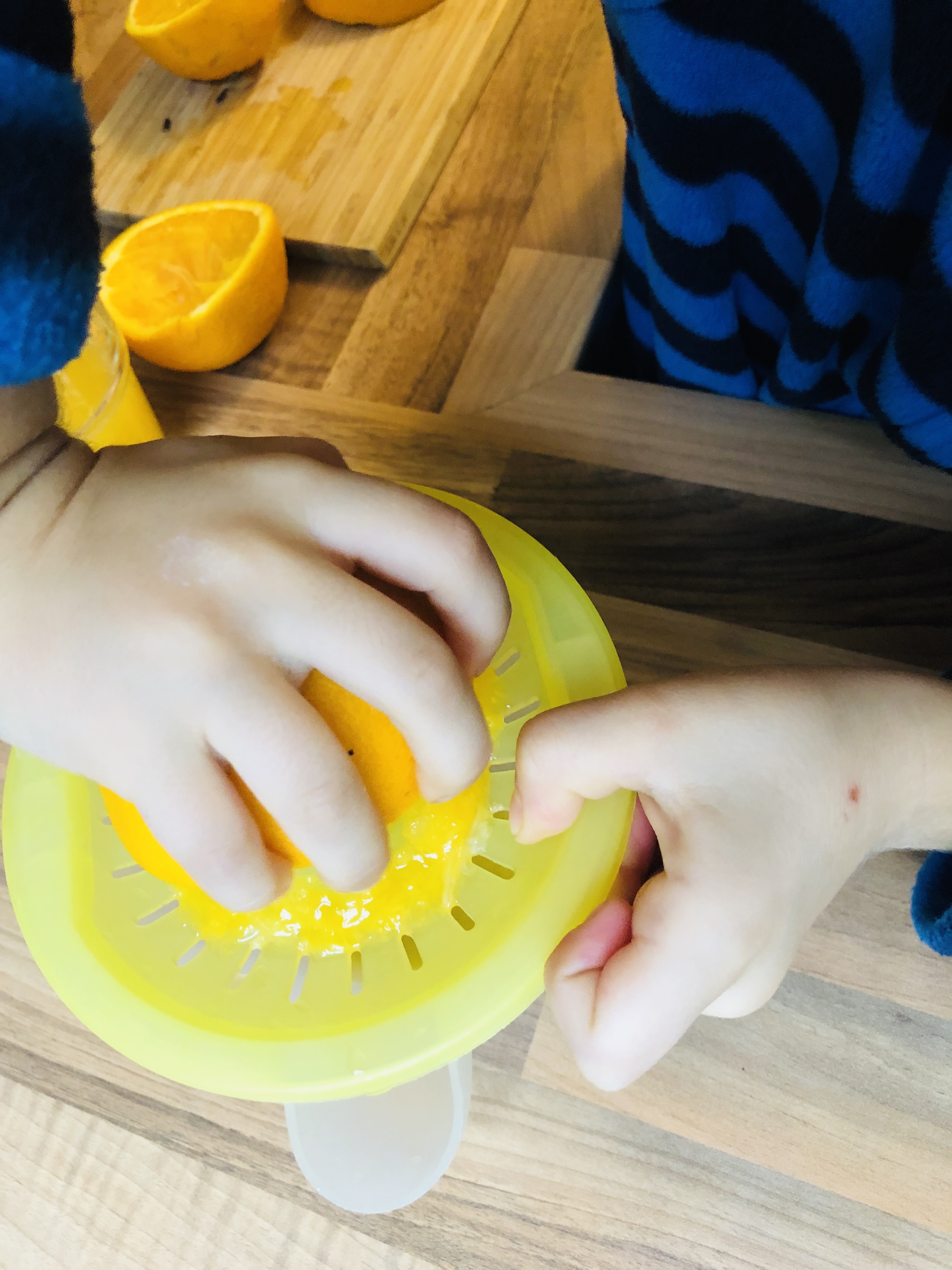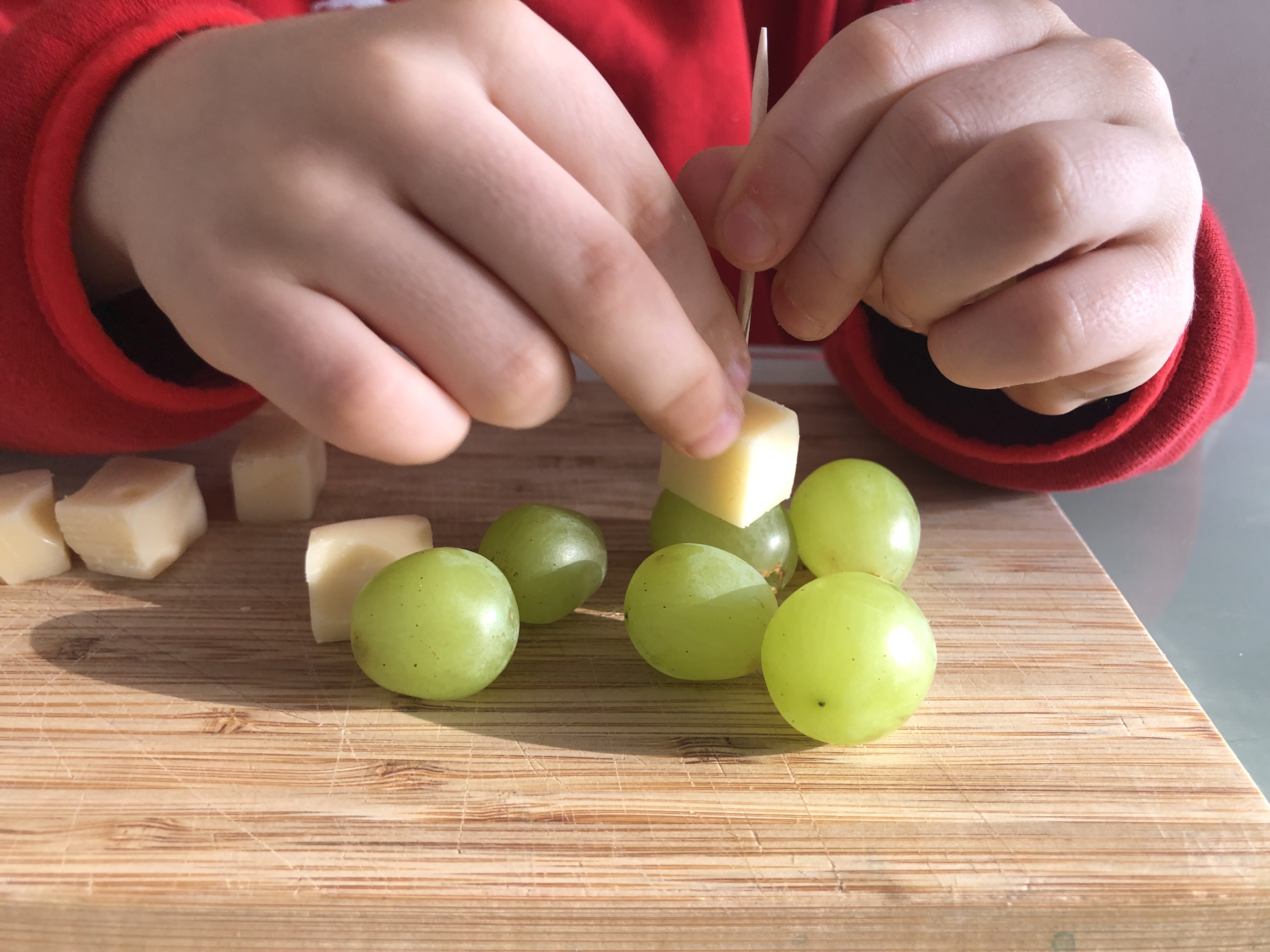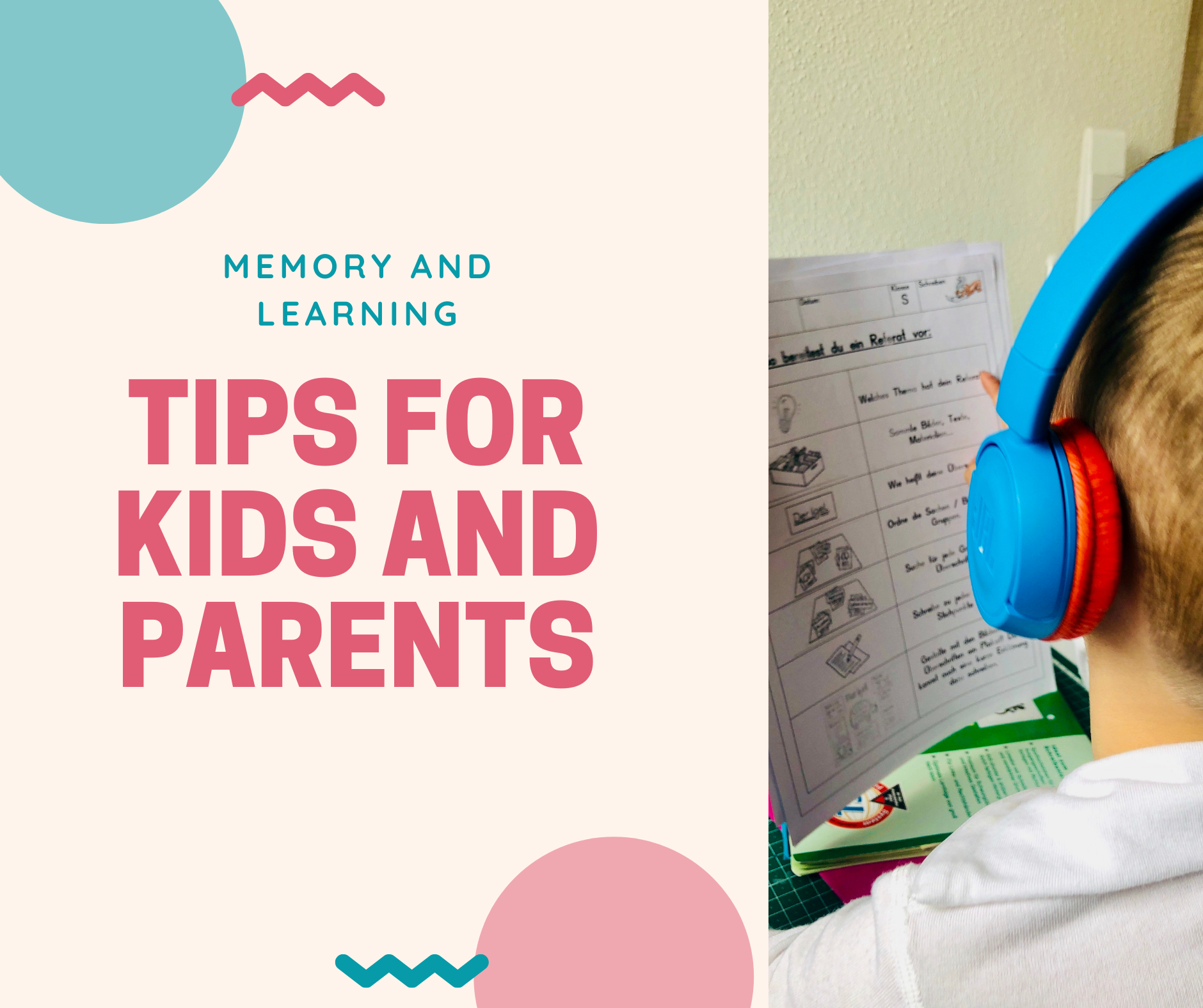Healthy Diet for Kids - Facts and Tips

When we talk about a healthy diet for kids, most guides’[i] recommendations are similar:
- The more veggies—and the greater the variety—the better.
- Eat plenty of fruits of all colours.
- Go for whole grains or foods made with minimally processed whole grains. The less processed the grain, the better.
- Choose beans and peas, nuts, seeds, and other plant-based healthy protein options.
- Limit red meat (beef, pork, lamb) and avoid processed meats (bacon, deli meats, hot dogs, sausages).
Maybe some of these interesting facts will motivate your kid to eat more fruit and veggies:
- Pumpkins and avocados are fruits not a vegetable.
- Apples float in water because they are 25% air
Now, we all know that eating a variety of foods is the key to a healthy and balanced diet because each food has a unique mix of nutrients—both macronutrients (carbohydrates, proteins, and fats) and micronutrients (vitamins and minerals). So, you give your kids healthy food and they eat it, right? Yeah, right.
Young children don’t understand the importance of a healthy diet. And they can make our lives miserable when it comes to making them eat healthy foods.
Here are our ideas and experiences when it comes to healthy eating.
Trying to eat healthy with Power P and Einstein E
In the area of eating, we had different phases.
For the first six months, the boys never complained about food. Mummy’s milk was always perfect. Then we slowly started introducing solid food. At first, it was just a spoon or two of single-ingredient foods with no sugar or salt. It was easier to feed the boys than to explain to my mother that babies don’t need any spices when they start eating solid food. The funny faces they made while eating could mean that it was strange for them to have something other than milk in their mouths or that they didn’t like it. It took us a few attempts, we didn’t force it, but they got the idea. After a few weeks of single-ingredient food, we moved onto different combinations. Still no sugar or salt. Still a lot of explaining and arguing with my mother. By the time they turned one, they had regular meals with us plus breastfeeding. By the age of two they ate almost everything, except for hard foods such as popcorn, candies, and whole nuts. Almost no sugar or salt. By the time they turned six, we had had numerous phases:
- They both ate everything.
- Power P liked some foods that Einstein E didn’t.
- Vice versa.
- Einstein E liked something and started eating, but Power P said he didn’t like it, so Einstein E didn’t like it too.
- Vice versa.
- They loved vegetables and fruit.
- They hated vegetables and loved fruit.
- Both Einstein E and Power P didn’t like something at home, but liked it at kindergarten.
- Vice versa.
- They loved bananas for breakfast, by afternoon they hated them. The day after they loved them again. Same thing with different foods.
- They would eat anything for breakfast.
- They would eat only cereals for breakfast.
What we have learned about our kids’ healthy diet
In terms of feeding our kids, we picked up some ideas from the kindergarten, other parents, and Dr Internet.
- Choice. They always had one choice. At our place the rule was: you can either eat what mummy or daddy cooked or a slice of bread with butter. It worked most of the time, and we were sure that they weren’t hungry. Well, with kids it’s better to say “almost sure”.
- Include your kids with you in the cooking. They'll be more inclined to eat what they've helped to prepare. You can make a shopping list, go shopping together, let them chop and cut (using a kids-friendly knife!), stir, and grate. I wouldn’t recommend letting your kid deep-fry potatoes or take food out of the oven, however.

- Continue to introduce (and re-introduce) different fruits and vegetables. And keep trying. After serving cauliflower for the millionth time, one day our kids decided that it wasn’t their enemy number one. On the contrary—they loved it.
- A dip or sauce can make a whole lot of difference. A celery stick tastes horrible (if you ask my kids). But a celery stick with some creamy cashew dip is amazing.
- Interactive eating can be fun. Cheese and grapes were not the best combination for Power P and Einstein E. But letting them use toothpicks to make “sandwiches” turned this snack into one of their favourites.

Once you got your bodies filled with energy, you were ready for new adventures.
You can learn more about healthy diet for kids and parents, as well as other topics about parenting in my book - Parenting: Easier said Than Done?
[i] Kids’ healthy eating plate (2015). Harvard T.H. Chan School of Public Health, Department of Nutrition.

